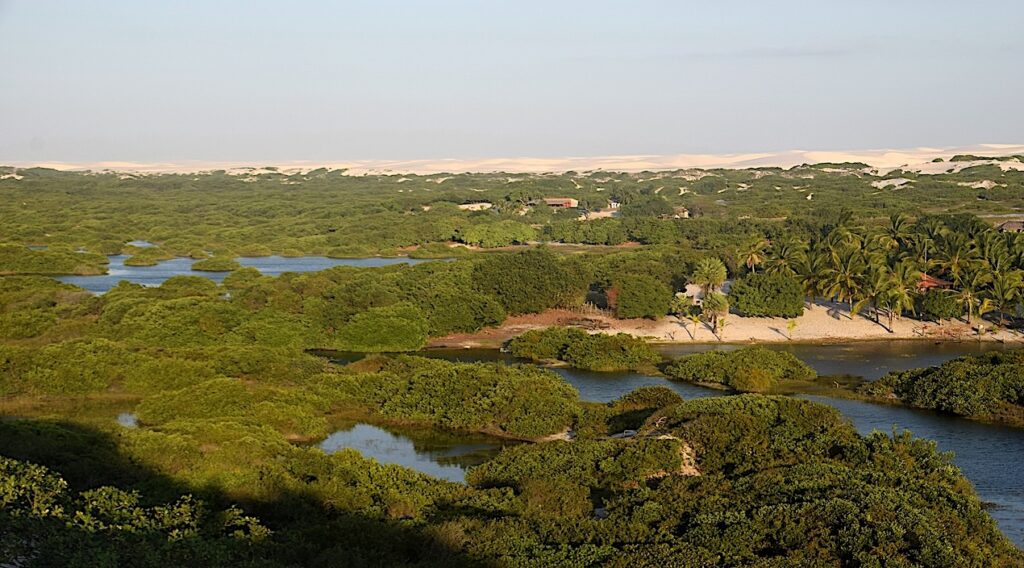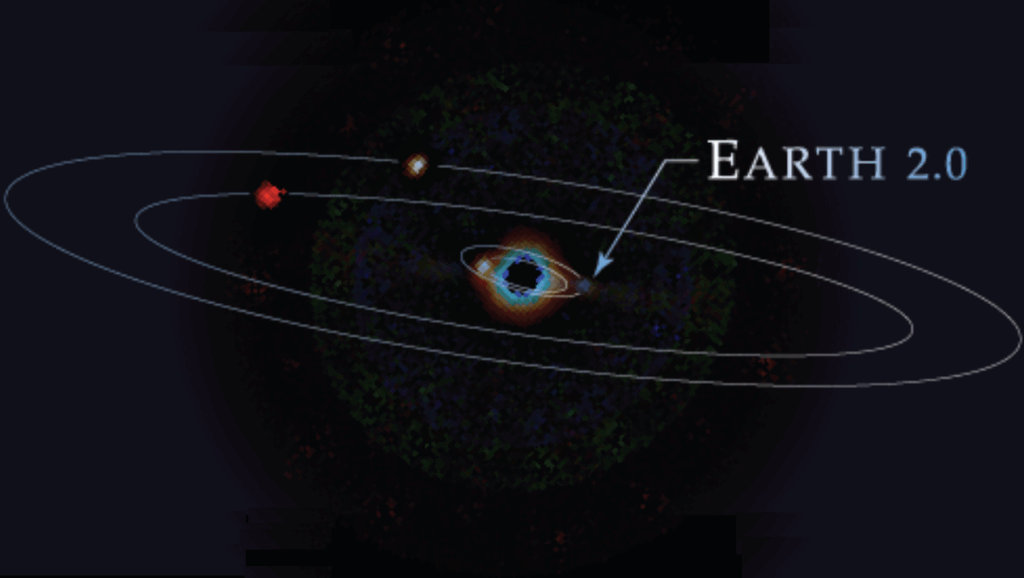Cryobiology: How Viruses Affect Algal Blooms In Snow

NASA-supported scientists have reported how interactions between viruses and bacteria during algal blooms could affect snowmelt in polar and subpolar regions on Earth.
When we think about algal blooms, we tend to picture liquid water environments like lakes, rivers, or the ocean. However, algal blooms can also happen in snow. These algal blooms give snowmelt a reddish color. Red snow algal blooms also affect how snow reflects light (known as albedo).
This change in the albedo of snow can cause it to absorb more light, leading to further melting, which then leads to increased algal blooms. This chain of events results in a runaway effect that accelerates the melting of snow, and scientists expect that this process will increase in polar and subpolar regions as global temperatures continue to rise.
Microbial communities found in red snow algal blooms are thought to contribute to the increased snowmelt. However, the role of viruses in the snow during this environmental shift has not been previously studied.
The team of scientists traveled to British Columbia, Canada, to study the interactions between bacteria and viruses in snow, and how these interactions play into environmental changes. By looking at DNA sampled from red and white snow, they identified hundreds of possible viruses infecting bacteria (792 to be exact). The most abundant of these viruses showed little similarity to known viruses.

Viral proteomic tree of the 10 most abundant viral contigs and their most related reference genomes. The viral proteomic tree was generated using viral genome sequences and used normalized pairwise tBLASTx scores to calculate genome-wide sequence similarities (represented as branch lengths). The host groups of the reference viruses indicate probable hosts for the newly defined snow viruses. Stars indicate temperate phages from this study. Circles represent putative circular phages. Numbered blue bars denote snow virus clades. Branch lengths are shown in log scale. — Applied and Environmental Microbiology
The data allowed the team to examine virus genes that are known to facilitate an increase in viral activity. This meant that as snowmelt occurred, interactions between viruses and bacteria also increased. The team believes that the interplay between viruses and bacteria in these environments could play a role in facilitating the growth of red snow algae.
The study expands our knowledge of virus genomes in extreme environments on Earth and also provides unique data about the interconnections between the metabolism of viruses and bacteria.
The study, “Snow viruses and their implications on red snow algal blooms (open access)” was published in the journal Applied and Environmental Microbiology.
Astrobiology








